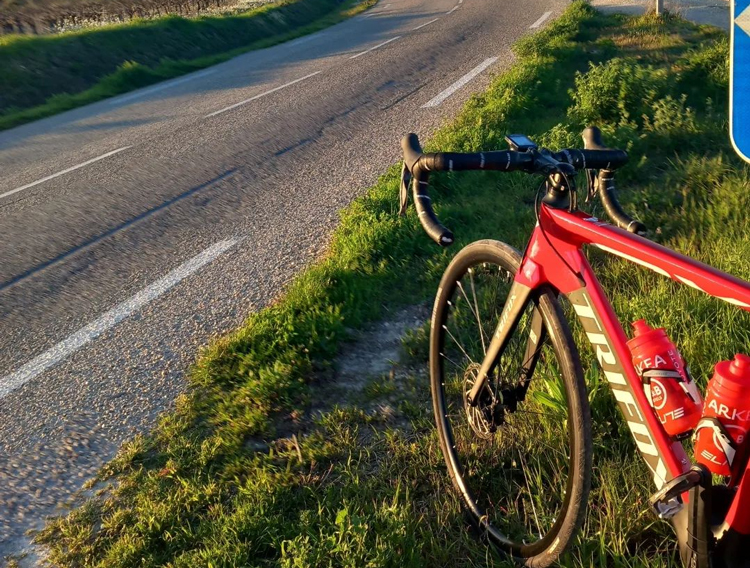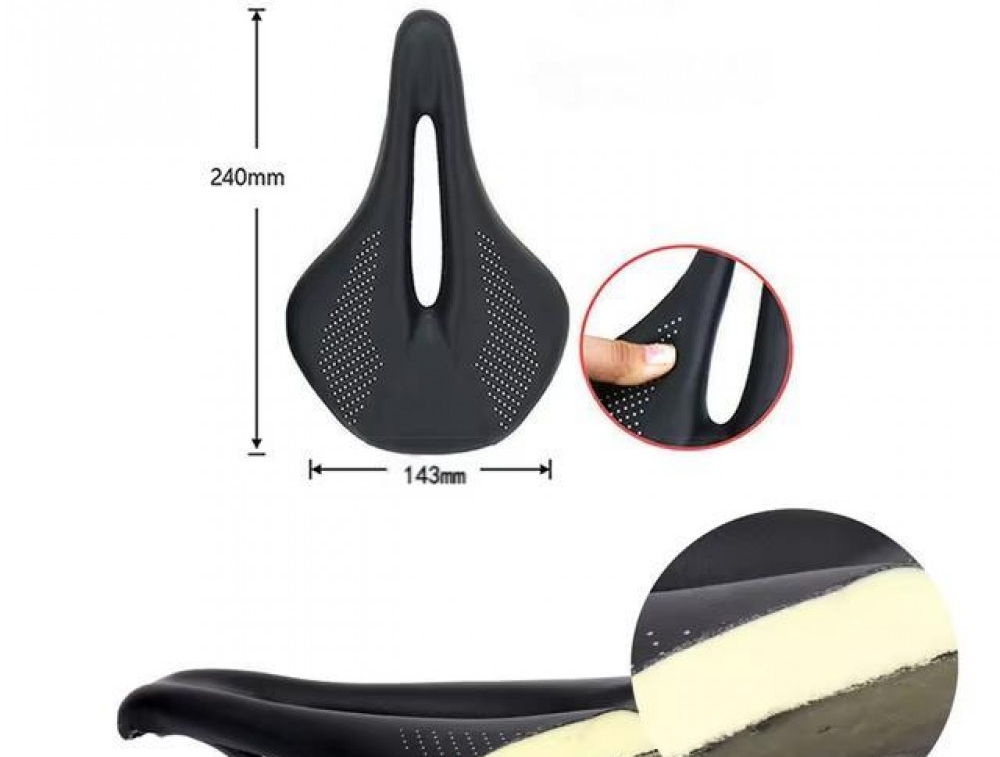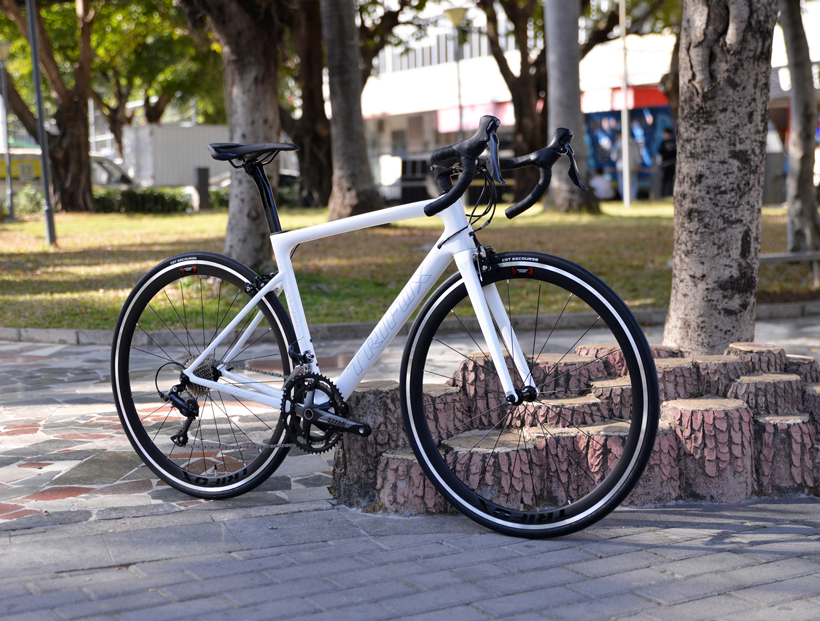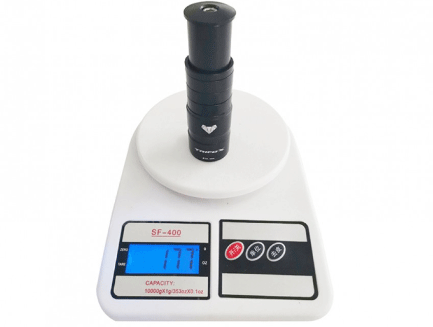Building a road bike that can withstand the test of time and terrain is a dream for many cycling enthusiasts. With the emergence of carbon as a preferred material for bike frames, achieving this goal has become more accessible than ever. Carbon road bike frames offer an unparalleled combination of strength, durability, and lightweight performance, making them ideal for creating a road bike that excels in both endurance and speed.
1. Start with a High-Quality Carbon Frame
The heart of any durable road bike is its frame. Carbon road bike frames are known for their exceptional strength-to-weight ratio, vibration damping properties, and corrosion resistance, which contribute to their longevity and resilience against various terrains. When selecting a carbon frame, consider factors such as frame geometry, which influences the bike's handling and comfort, and the carbon layup process, which affects the frame's overall strength and stiffness.
2. Choose the Right Components
The components you select to complement your carbon frame significantly impact your bike's performance and durability.
Wheels: Look for carbon or high-quality aluminum wheels that offer a balance between aerodynamics, weight, and strength. A robust set of wheels can handle high speeds and rough terrains without compromising on performance.
Drivetrain: Opt for a reliable drivetrain system that offers smooth shifting and durability. Systems from reputable brands can withstand thousands of miles of riding with minimal maintenance.
Brakes: Whether you choose rim brakes or disc brakes, ensure they provide consistent stopping power in all conditions. Disc brakes, in particular, offer superior performance in wet and muddy conditions, adding to the bike's versatility.
Tires: Select tires that match your riding conditions. For a road bike that withstands various terrains, consider slightly wider tires with puncture-resistant technology for added durability and grip.
3. Pay Attention to Detail
Small details can make a big difference in building a road bike that lasts.
Cables and Housing: Use high-quality cables and housing to ensure smooth operation of brakes and gears. Regularly inspect and replace them to prevent performance degradation over time.
Bearings: Invest in sealed bearing hubs, bottom brackets, and headsets to protect against dirt, dust, and moisture, ensuring smooth rotation and reducing wear.
Handlebar Tape: Choose durable and comfortable handlebar tape to absorb vibrations and improve grip, enhancing control and reducing fatigue on long rides.
4. Regular Maintenance and Upkeep
Even the strongest road bike requires regular maintenance to stay in top condition.
Cleaning: Regularly clean your bike to remove dirt and grime that can wear down components. Pay special attention to the drivetrain and braking surfaces.
Lubrication: Keep the chain and other moving parts well-lubricated to reduce friction and prevent premature wear.
Inspection: Periodically inspect your bike for signs of wear or damage, including checking the frame for cracks, testing the brake pads for wear, and ensuring all bolts are tightened to the correct specifications.
5. Customization for Comfort and Efficiency
Customizing your bike to fit your body and riding style can enhance comfort and efficiency, contributing to the bike's longevity by reducing strain on both the rider and the bike.
Fit: Consider getting a professional bike fit to adjust the saddle height, handlebar position, and stem length to your measurements, improving riding comfort and efficiency.
Accessories: Add accessories like mudguards or fenders to protect against road spray, and consider mounting options for water bottles and tool kits for longer rides.

Building a strong road bike that withstands the test of time and terrain requires careful selection of materials and components, with a carbon road bike frame providing an excellent starting point. By combining high-quality components with regular maintenance and personalized adjustments, you can create a durable, efficient, and comfortable road bike ready for whatever adventures lie ahead.
Remember, the key to a long-lasting road bike lies not just in its construction but also in how well it is cared for and maintained over the years.





















































































